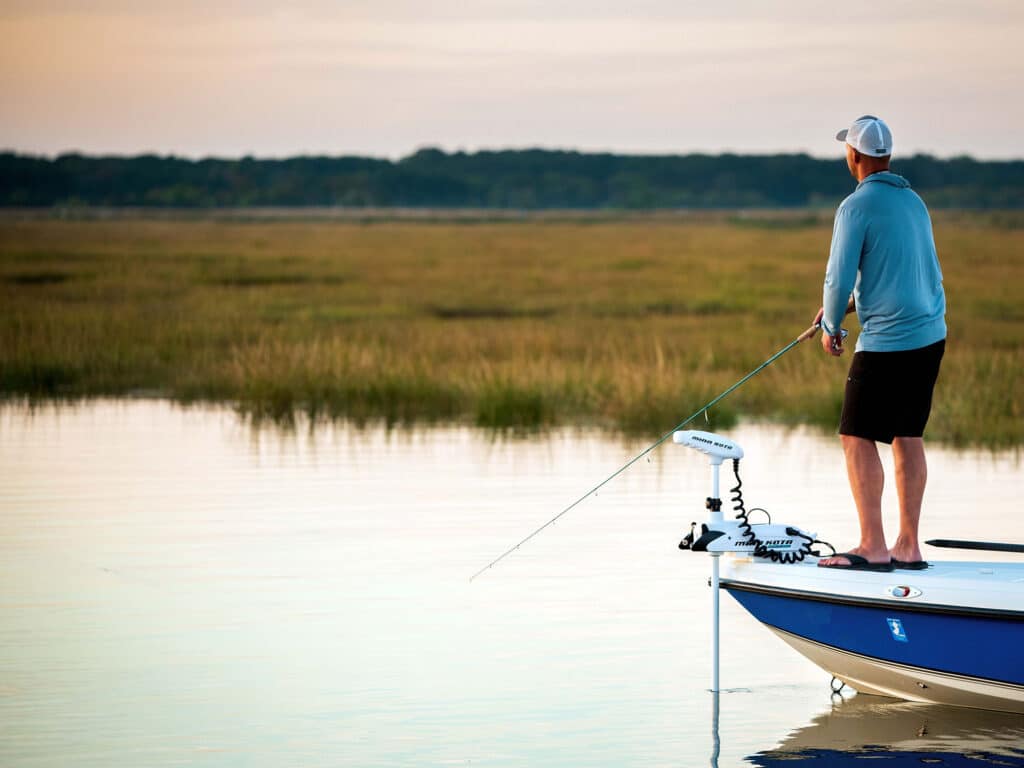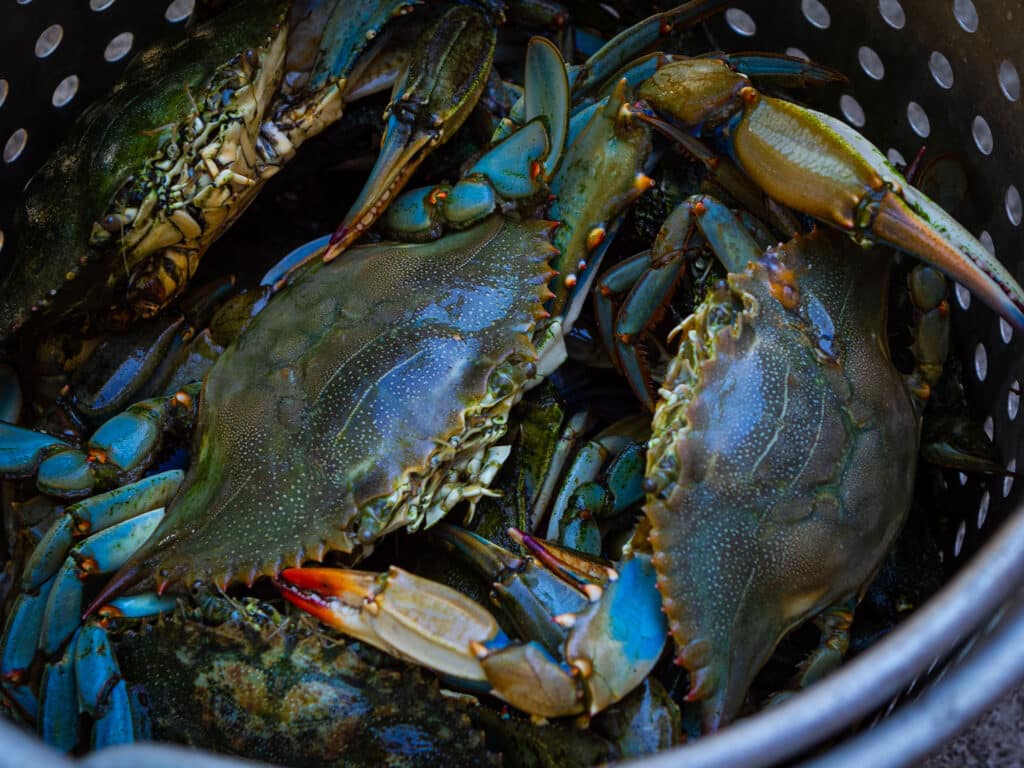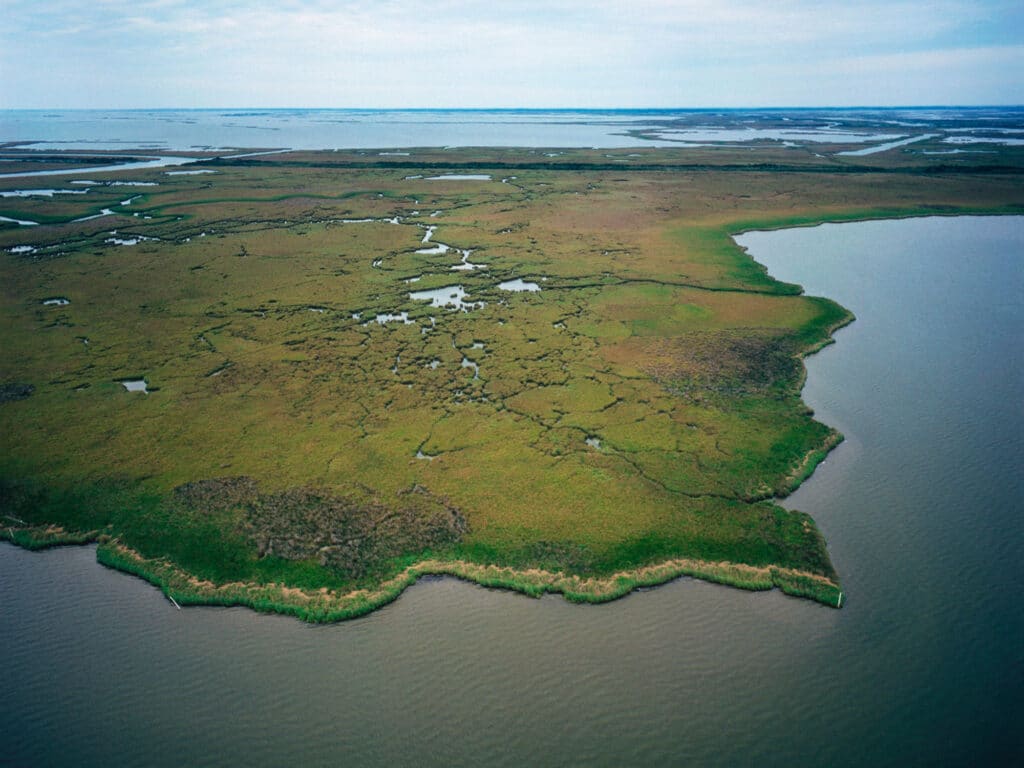
Louisiana’s robust marshes around the mighty Mississippi River might be the most-recognized backwaters in the country. The same can be said for Florida’s Everglades and its maze of mangrove-lined creeks and bays. But these two states don’t have a monopoly on backwater fisheries. Quite the contrary. Any of the states lining the Gulf of Mexico or Atlantic Ocean have backwaters worth exploring, so check out the areas below. Some of these spots may be completely new to you.
1) Thousands of Miles of Maine
Clouds of baitfish dart by my feet, glittering mesmerizingly like the facets of a diamond in the marigold yellow of false dawn. A violent splash out in the channel yanks my attention from the minnows.
Was that a striper? Perhaps a shad? A native brookie venturing into the brine? An elusive Atlantic salmon?
Maine is a cold-water paradise, with expansive mazes of pristine shallows that are home to a variety of fish. Thousands of miles of tidal shoreline—more even than California—give anglers virtually unlimited room to roam alongside the bald eagles, black bears and moose that call it home. The opportunity to find an unfished secret spot, devoid of other anglers, is easier than anywhere else on the East Coast. —Jerry Audet
2) Massachusetts Backwaters
While open-sand beaches and boulder fields get a lot of attention, Massachusetts’ tidal estuaries are an untapped labyrinth of shallow-water-fishing and sight-fishing opportunities. They are quiet and serene, but don’t let that fool you. Estuaries draw in fish of all sizes, including trophy-class striped bass. With thousands of miles to unlock in places such as Cape Cod and the North Shore, Massachusetts backwaters are ripe for exploration from shore, kayak, or skiff. —Jerry Audet
3) Long Island’s Salt-Marsh Complex
Though the nearby island of Manhattan is home to 8 million people, Long Island’s salt marsh is decidedly less populated. The soft, waterlogged soils that comprise this habitat slowed the pace of progress, leaving it mostly devoid of buildings, save for the occasional bay house. Instead of concrete and rebar, you’ll find invertebrate life holding the fertile meadows together. And instead of subways or yellow cabs, the inhabitants here move around with the aid of fins or feathers. —Joe Albanese
4) Crabs in the Delmarva Peninsula

Springtime along the mid-Atlantic, blue crabs emerge from the mud, as hungry redfish, speckled trout, flounder, tautog, striped bass and sheepshead line up at the seafood buffet. Blue claws are the heart of the Delmarva Peninsula, and provide meals for man and fish alike at every stage of their life cycle.
First, as they grow, crabs peel out of their old shell, offering a soft and defenseless snack. While mating, the immobilized crab couples make for two meals in one. Then, to release their eggs, female blue crabs swim along the surface, unable to hide from their enemies.
Anglers use whole blue crabs for big red drum and striped bass, a quartered crab for sheepshead and tog. Peeler crabs are a favorite for speckled trout and redfish. The best thing about fishing with blue crabs: When the trip is over, you can eat the leftover bait. In a large steamer, add equal parts vinegar and water. When the liquid boils, drop the live crabs into the basket and cover with Old Bay seasoning. The crabs are ready when their shells turn bright red. —Ric Burnley
5) An Ode to South Carolina’s Lowcountry

When the smell of puff mud at low tide hits my nose, I know I’m home. Palmettos and old oaks draped with Spanish moss give way to miles of wide-open marsh. Early fall brings a chill to the air and chases away the bugs. As the bait migrate out of the backwater, redfish become more aggressive.
I launch my kayak in water too shallow for any motorboat to reach and ride the last of the incoming current far into creeks and oyster flats. Then, as the tide changes and the marsh exhales, I wait for redfish to leave the flooded grass. Nothing gets my blood pumping like paddling around a marsh corner and seeing a half-dozen bronze backs slowly cutting a V-wake. A long cast with a light lure barely makes a splash.
Through the tannin-stained water, I see the school respond, attack, and my line comes tight. Redfish are called bulls for a reason: They fight headfirst and with their heart. Run, charge, cut and head shake—just when I think the fish is finished, a red will always find a second wind for another round. Then, when the gleaming bronze, gold and orange redfish is lying on my lap, I admire the iridescent blue-green tail with the trademark black dot before releasing the red to fight another day. —Ric Burnley








